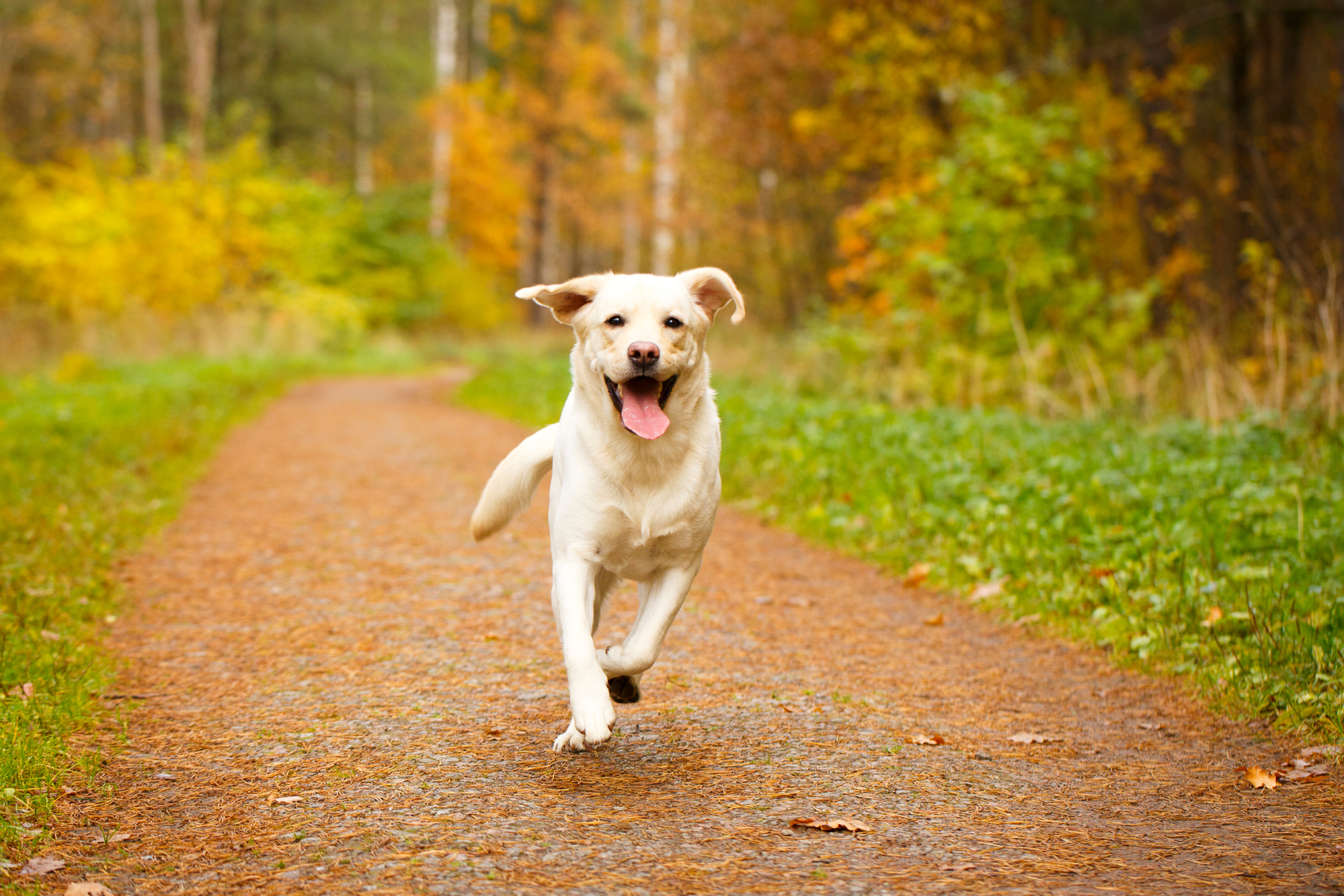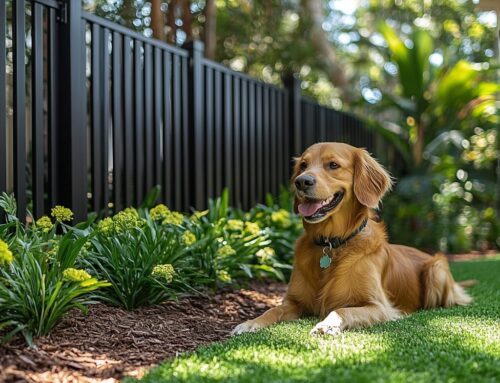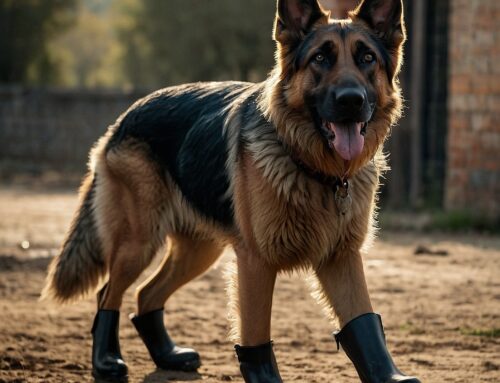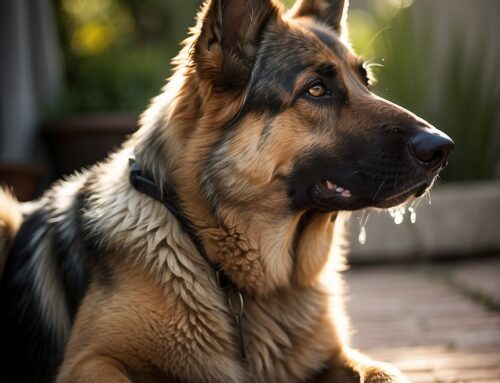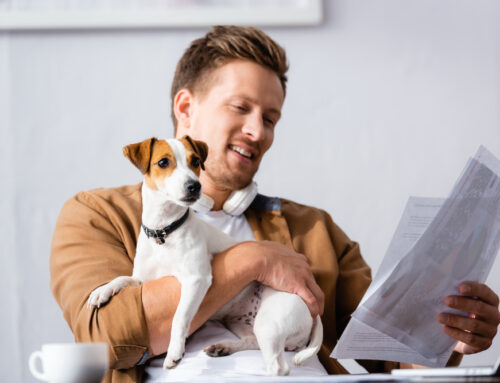One of the most common complaints pet parents have is their dog wanting to chase cars and other moving objects be it on a walk or if their dog bolts out an open door or gate at their home. One may think it’s not a serious issue but it is when you read the statistics that every year, more than 1.2 million dogs are hit by cars. While some survive, this figure doesn’t include car accidents and/or near-accidents where drivers were swerving — and possibly hitting other objects and other cars — to avoid hitting a dog that ran into the middle of a street.
Why do dogs chase moving objects?
Very simply, it’s part of their instinct. Instinctually, dogs are driven to chase prey, but in a dog’s mind, any moving object — particularly those they perceive to be moving away from them — can be mistaken for “prey.” A person simply running or rollerblading past a pup can trigger this prey drive.
Placing your dog on a leash may not be enough to curb their tendency to chase; in some cases (especially with large dogs and lightweight people), a leash-holder may be yanked to the ground if a dog runs quickly and suddenly enough.
While any breed of dog may chase people and vehicles, there are particular breeds that may be more susceptible to this behavior such as dogs bred for herding and particular dogs in the hound breed like the Greyhound or Irish Wolfhound. For other dogs, chasing can be a habit that’s learned from an early age. In other words, it’s a learned behavior over time.
For pet parents, they agree this canine behavior can be distressing, not just because of the risk to their pup, but because of the possibility of someone else being harmed due to this type of prey drive.
Interim Solutions
Simple solutions to put a stop to chasing behaviors include adding fencing to your yard or outdoor space and putting locks on doors and gates. Automatic spring gate closures are also a wise investment in the event someone leaves and backyard gate ajar. Outdoor dog runs should be in a shady area with fresh water and misters on a warm day. If it’s a hot day, having your dog indoors is a must for their health ad wellness.
Erecting or arranging physical barriers that keep your dog securely away from streets, driveways and other stretches of roads where cars and people move past is a good first step toward mitigating this behavior.
Other pet parents like to employ invisible fences (i.e., e-fence, electrical fence) in where their dog wears a remote collar. However, some dogs may have such a strong prey drive instinct, that they will ignore the remote collar stimulation and run through it to get to their prey target. Invisible barriers may not be enough to deter chasing behavior, particularly with fast-moving vehicles or people or things that are simply temptingly close.
While putting locks on gates and doors and keeping pooches indoors for much of the day may resolve some chasing issues, these are just interim solutions that don’t really address the core problem. Whenever your pup does get outside (even if they’re being walked on a leash), their instincts are still likely to get the better of them.
And if they are pulling at the end of their leash, and the leash is tight, this can enhance their prey drive as opposed to walking on a loose leash.
The Real Solution
The fact of the matter is that chasing behaviors are very self-satisfying for dogs, and thus, it can be tremendously challenging, especially with adult or older dogs, to change this habit. But ideally, with training, dogs can learn to overcome their instincts and not chase every object that comes near them that also happens to move.
If possible, try to train your dog when he or she is still a puppy. If this isn’t possible, it will be harder, but not impossible, to get them to “stay” on command.
To train your dog to “stay,” first have your dog sit, then give him or her a hand signal, such as a “stop” sign, indicated by the palm of your hand facing their face. Wait a few seconds, then give your dog a small, soft treat while he or she is still sitting. Repeat the process, but slowly increase the time for your dog to stay in their sitting position. Then, start to increase the distance between your dog and yourself. Keep watching for signs that your dog is going to break the sitting position, and give him or her another treat before they do. You may first want to keep a leash on them in the early stages of this training to help guide them back to their sit command.
Practice this skill first indoors. Once they have mastered it in the house then go outdoors, preferably your backyard. Some dogs may learn in a few days while may take a few weeks. Like people, dogs learn at their own pace.
After your dog has mastered the “stay” command in your yard then place their leash on and go to the front of your home where there are more distractions. Never let go of the leash in public places and around people and cars (both parked and moving). The goal is here is to have your pup sit and stay in this position.
Remember to have high value treats on hand so your dog’s focus is geared away from moving objects to you, his pet parent. The goal is to make the pet parent more valuable then moving objects thereby creating impulse control.
Other important skills in this area are leash etiquette and recall. With leash etiquette, the goal is for a dog not to have undue influence over its owner via the leash connecting them. The dog’s owner should be the one in control, not the other way around; if this is reversed, it can literally lead to more unwanted issues — and not just with cars.
Recall is the ability to have your dog reliably respond and come to you when you say or call his or her name. As with the stay command, leash etiquette and recall are skills you can teach your dog, but if you’re having trouble, you can consider turning to a dog training service, like Performance K9 Training and Boarding. Performance K9 Training and Boarding has experience teaching skills like staying, leash etiquette, recall, and place commands to all breeds of dogs, to help curb chasing and other dangerous behaviors. They teach dogs impulse control and then teach pet parents through private lessons.
A smart dog is a safe dog, and teaching your dog the right behaviors early will keep them and others around them healthy, happy and out of harm’s way.



